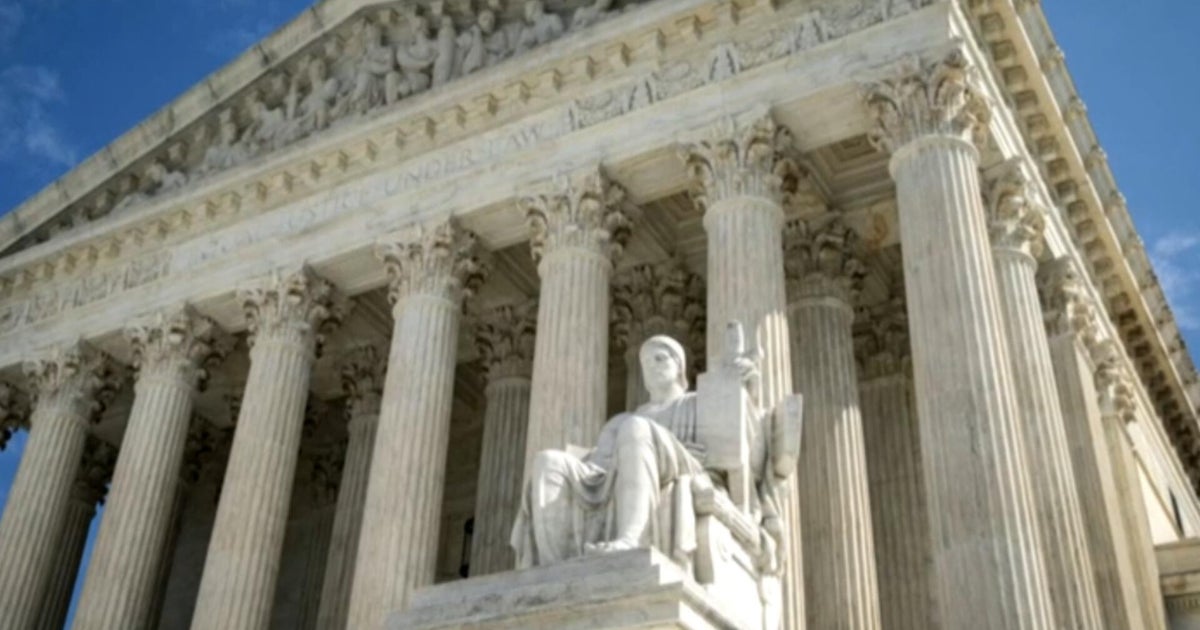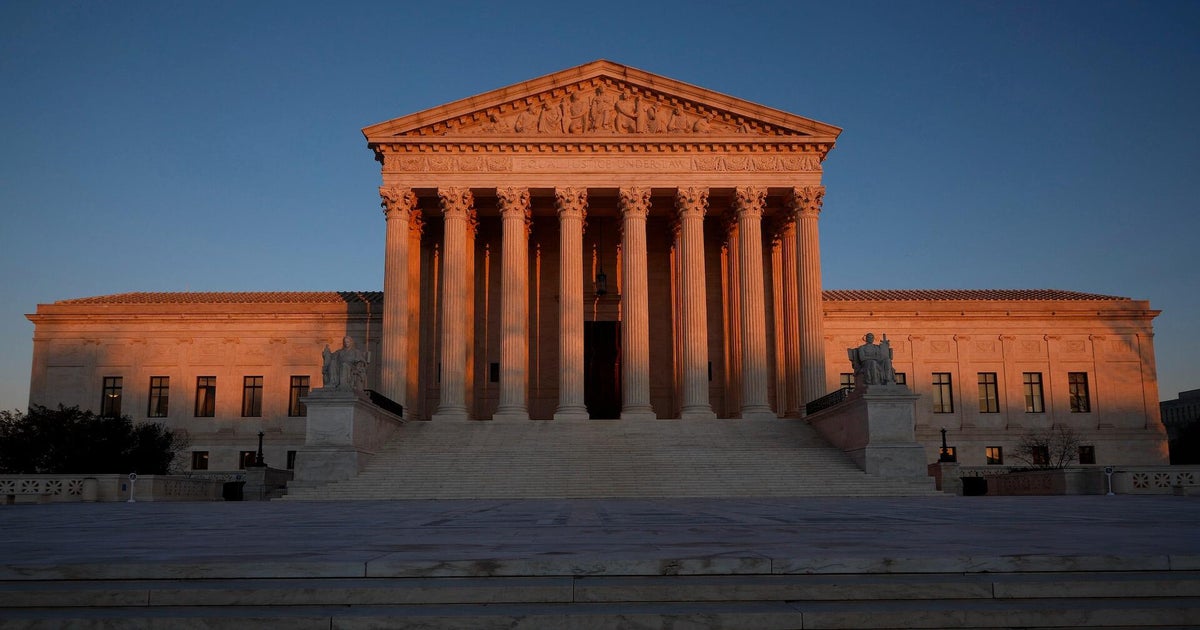The Supreme Court handed down a significant decision limiting the use of nationwide injunctions, a tactic frequently employed to block presidential actions. This ruling, impacting the scope of judicial authority, has sparked debate about the balance of power between the branches of government and the potential implications for future legal challenges to executive orders. The decision also highlights the increasingly partisan nature of judicial appointments and the challenges of maintaining judicial independence.

The Trump v. Acosta Case and Nationwide Injunctions
The case of Trump v. Acosta centered on an executive order. While the Supreme Court did not address the merits of the order itself, its decision focused on the broader issue of nationwide injunctions. The Court ruled that a single district judge lacks the authority to issue an injunction binding on the entire nation.
Restricting the Power of Single Judges
Historically, nationwide injunctions had become a common tool used to challenge federal policies. The Court's decision significantly limits this practice, arguing that such injunctions exceed the constitutional authority of a single judge. The ruling emphasizes the principle that a judge's role is to decide cases and controversies between specific parties, not to dictate policy for the entire country.

A Highly Partisan Ruling?
The 6-3 decision was sharply divided along ideological lines, with a dissenting opinion sharply criticizing the majority's reasoning. The dissent argued that the majority's decision improperly limits the power of the judiciary to check the executive branch. This division underscores the growing polarization within the judiciary and the broader political landscape.

Consequences of the Ruling
This ruling is expected to have significant ramifications for future legal challenges to executive actions. It will likely lead to a decrease in the use of nationwide injunctions and potentially shift the balance of power slightly back towards the executive branch in certain legal battles. The long-term impact on policy implementation remains to be seen.

Reactions and Future Outlook
The ruling has been met with mixed reactions. Supporters hail it as a necessary check on judicial overreach, while critics express concern about its potential to weaken judicial oversight of executive power. The decision highlights the ongoing debate about the role of the judiciary in a politically divided society and the importance of judicial independence. Further legal challenges and legislative actions are likely to follow, shaping the future landscape of legal disputes involving executive orders and nationwide injunctions. The case underscores the need for continued dialogue on the appropriate balance of power among the three branches of government.
